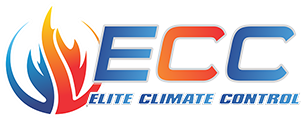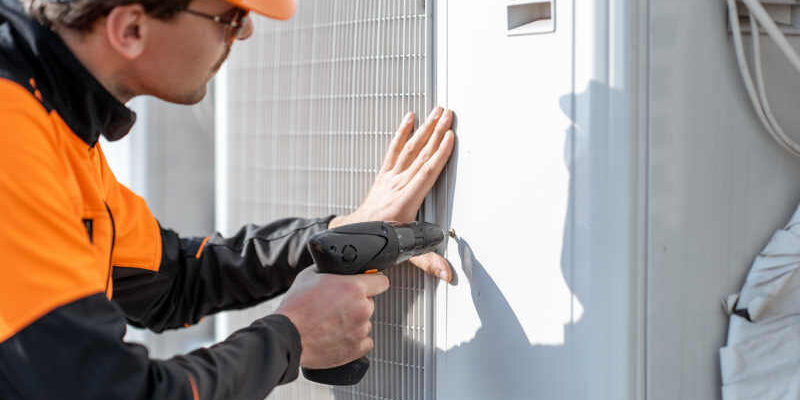In order to keep you warm, a heat pump transports heat from the outside air to the interior. The moisture in the air freezes on the heat exchanger when it is cold outdoors (in the mid-30F range). To remove this ice from the exchanger, the defrost cycle begins. If the exchanger isn’t defrosted, the device may suffer damage and its efficiency will suffer. The indoor fan will turn off, the appliance will stop heating, and an indication light can flicker while the appliance is in defrost mode. The compressor will keep running even though the exterior fan stops. Your unit’s frequency of defrost cycles depends on a variety of variables. The general state of your unit, the amount of heat it is attempting to produce, and the temperature and humidity outside are the three main factors. The unit has a timer that regulates how frequently it enters a defrost cycle. Defrosting cycles start when the outside temperature reaches the mid-30F range, and they last for 30, 60, or 90 minutes. Here is a brief description of what happens during a defrost cycle, broken down step by step.
Heat Pump Defrost Cycle
- The temperature of the exterior coils is monitored using a sensor. A built-in clock will trigger a defrost cycle if the coils drop below freezing.
- The outside fan is turned off during the cycle. While the compressor is still working, the device is now in air conditioning mode. The ice accumulation will melt when the outdoor coils warm up.
- The furnace’s backup heating coils will activate in order to maintain the temperature in your house.
- The cycle will continue until the coils achieve the proper temperature, which ought to happen in less than 10 minutes.
There can be anything wrong if a unit repeatedly enters the defrost mode. One thing to think about is whether the unit is too small for the space that needs heating. To assist with this, talk to the installation and incorporate their advice along with that of a qualified HVAC specialist. The requirement for ongoing maintenance is another factor. You can clear the filters, check that the outdoor unit is free of brush, limbs, and debris, and that there are no extreme winds or obstructions on the heat exchanger. Additionally, by insulating your home adequately, eliminating air leaks in walls, ceilings, and floors, using weather stripping, and employing other “green” ideas for your home, you can lessen the overall demand being made on the air source heat pump.
Potential Issues that Might Occur
Frequent defrost cycles can be a sign of other problems with the unit in your home, which is one of the reasons they should be taken seriously. Other issues or a mix of issues could be the root of frost development. Other causes of frost accumulation include:
- A faulty outside coil
- Defective reversing valve
- A wiring issue
- Malfunctioning thermostat
- A refrigerant leak a filthy coil
- A non-working fan a fan that is mounted backwards
- A motor that’s going the wrong way
- Low-rpm fan motor rotating.
Many of these problems can only be identified, fixed, and/or maintained by a qualified HVAC company or contractor.
The main danger with an air source heat pump defrost cycle is that too many cycles might damage the system’s components and mechanics. Also keep in mind that the auxiliary heat source is activated and brought into use each time the defrost cycle starts in order to maintain a constant temperature in your home. Due to this, your home uses an excessive amount of electricity or another type of energy.
The objective is to maintain maximum performance throughout the entire unit so that the system can start defrost cycles as necessary. This necessitates striking a balance between the unit’s size for your house, the effectiveness of each component, and the unit’s total demand performance for your climate and season.




